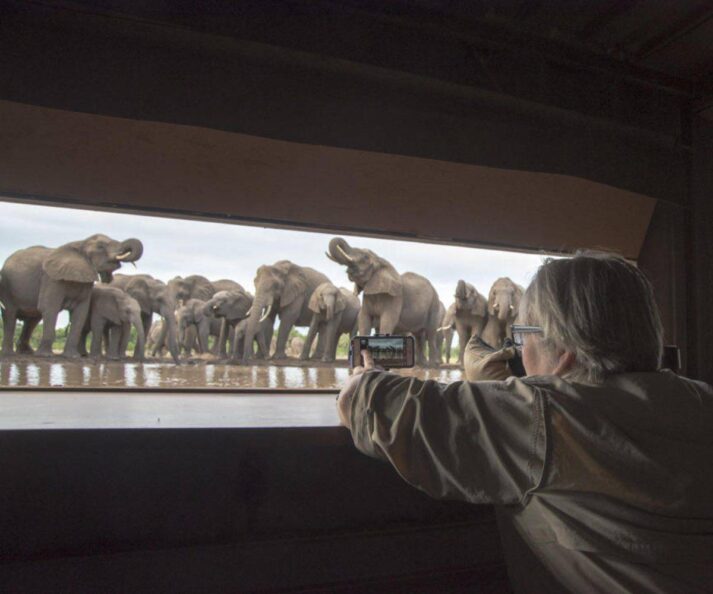Discovering Africa’s Wildlife Photo Hides: An Immersive Experience for Nature Lovers
Africa is renowned for its diverse and breathtaking wildlife, and hidden within its vast landscapes are unique experiences specifically designed for wildlife photography enthusiasts. Photographic hides, strategically located in various wildlife reserves, offer a remarkable opportunity for both amateur and professional photographers to observe and capture animals in their natural habitats without disturbing their behavior.
What Are Photographic Hides?
Photographic hides are purpose-built structures that blend seamlessly with the environment, allowing observers to discreetly witness wildlife activity up close. Usually situated near waterholes or salt licks, these hides attract a variety of animals, ensuring frequent wildlife sightings.
The design of many hides incorporates various features aimed at enhancing the photographing experience, such as adjustable lighting, comfortable seating, and camera mounting equipment. Some top-end facilities even provide charging points and editing software for those who wish to extend their photographic sessions.
Unique Features of Modern Hides
The modern photographic hide experience emphasizes comfort while maximizing photographic opportunities. High-quality structures may offer:
- Natural light optimization: Many hides are constructed to ensure that photographers can capture breathtaking images at different times of the day.
- Overnight lodging: For those seeking an immersive experience, select hides—such as the Lala Limpopo hide at Mashatu Game Reserve—allow guests to stay overnight, providing unique perspectives and opportunities to photograph nocturnal wildlife.
- Family-friendly activities: Certain hides, like the Matebole Hide at Mashatu, have introduced family-friendly hours, where children can engage in photography-related activities.
Highlighted Hides Across Africa
-
Matebole Hide at Mashatu Game Reserve, Botswana: This underground hide built from a shipping container is particularly celebrated for capturing stunning photographs of elephants. Established in 2012, it has already garnered accolades, including Greg du Toit’s award-winning photograph "Essence of Elephants".
-
Lala Limpopo Overnight Hide at Mashatu: Offering an exclusive experience for up to four guests, this hide includes innovative lighting and ground-level windows to observe nocturnal wildlife just meters away. It operates from March to December, closing during the rainy season.
-
Onkolo Hide at Onguma Nature Reserve, Namibia: Located near Etosha National Park, this hide is well-suited for capturing both wildlife and birdlife with remarkable light conditions. It is equipped with necessary amenities for an enjoyable experience.
-
Mahlasela Hide at Tembe Elephant Park, South Africa: Renowned for its views of the Big Five, this hide has been upgraded for accessibility, allowing more individuals to experience the wonders of wildlife.
- Mara Bushtops Salt Lick, Kenya: This site combines luxury with wildlife viewing. Guests can enjoy stunning wildlife action while relaxing in a spa or watching from the comfort of their tented suites.
A New Frontier: Warangi Ridge Lodge, Serengeti
Launching on July 1, Warangi Ridge Lodge will provide exclusive access to the iconic Serengeti, perfect for witnessing the legendary wildebeest migration. The lodge offers unparalleled views from its cliffside location and aims to be an exciting addition to Africa’s wildlife viewing options.
Conclusion: A Unique Opportunity to Connect with Nature
Africa’s photographic hides present unparalleled opportunities for both budding and experienced wildlife photographers. They not only provide unique vantage points but also foster a deeper connection with nature by allowing individuals to witness wildlife in a peaceful and unobtrusive manner. As interest in sustainable and immersive travel experiences grows, these hides offer compelling options for ecotourism in Africa, driving awareness and appreciation for the continent’s rich biodiversity.









